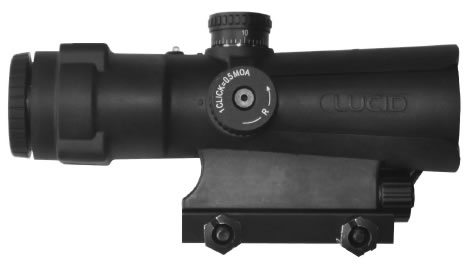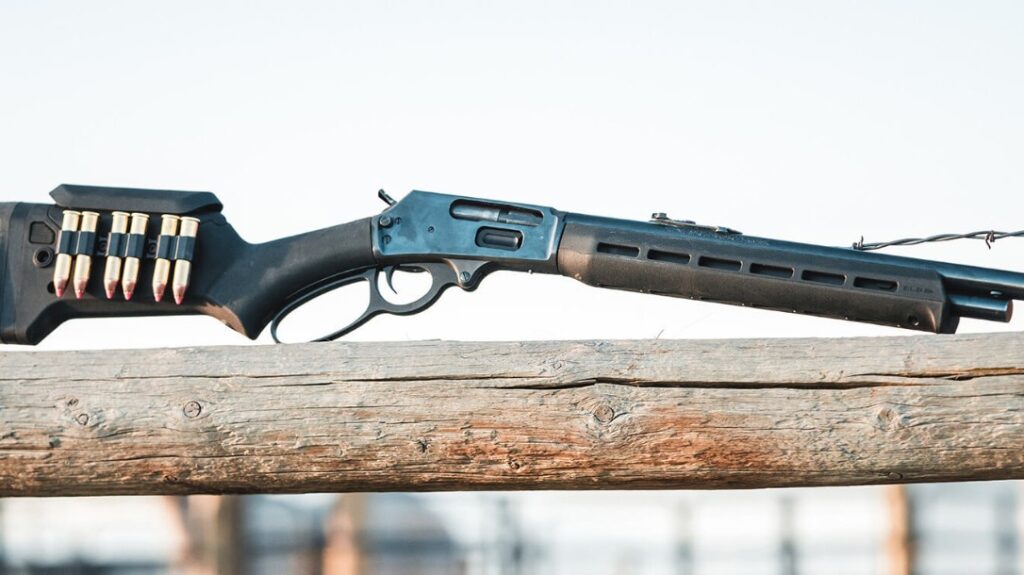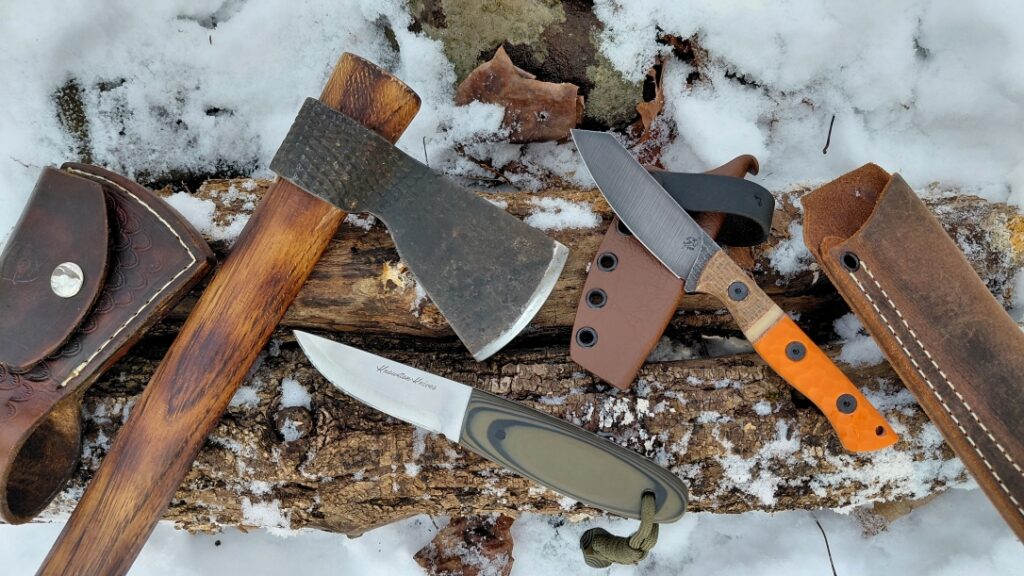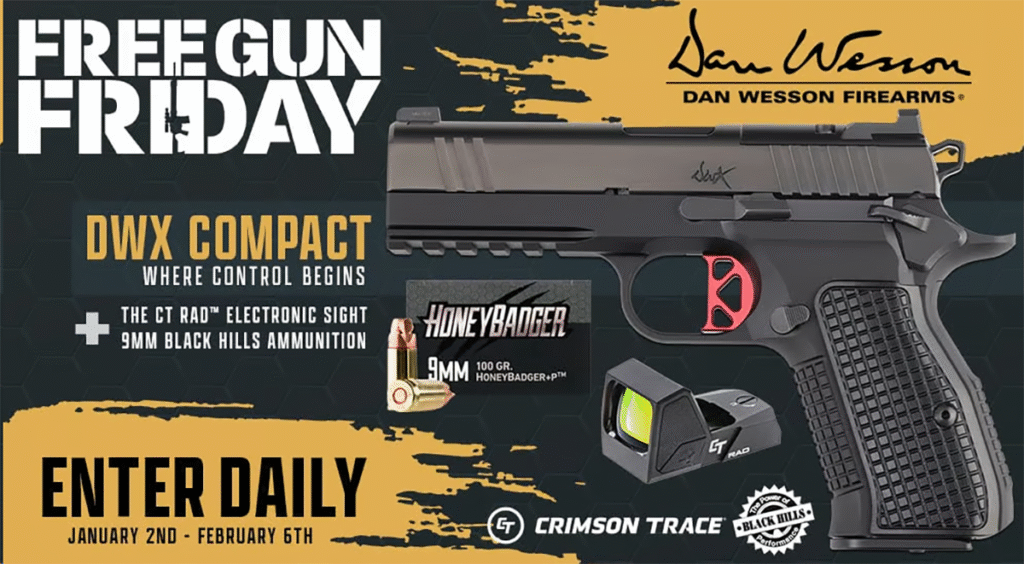RANGE TIME
As stated I couldn’t use a TA02 to compare with the P7 side by side, the misfortune of limited ACOGs just lying about. I did have my TA31 ECOS which differs only on method of illumination from the TA02. The field of view and eye relief of all the 4×32 ACOGs are rated identically so I can expect comparable results when I’m looking at target acquisition.
LUCID’s P7 topped my AR15. A fixed stock build sporting a Geissele SMR freefloat handguard over a Bravo Company 1:7 16” 5.56mm barrel. The trigger is ALG Defense’s ACT. The rifle is basically my concept of an “M16A5”, when the Marine Corps gets around to that iteration I’ll see how far off I was.
Advertisement — Continue Reading Below
The TA31 ECOS sits on top of my FNH SCAR17s. By far my favorite rifle set up.
Advertisement — Continue Reading Below
I benched my P7 clad AR on my bag and set a Shoot-N-C target at the end of the 25m bay. Dialing in the focus was simple and the LUCID P7 sports clear clean glass, no surprise. The ideal “eyebox” area is 2 inches behind the ACOGs so I took a moment to play with it and adjust.
Next I evaluated illumination. The center dot of the P7 reticle, the ring, and the three sharp angled arrows all came alight to contrast the target down range. Even in the bright cloudless afternoon while I was under the shaded overhang I could get useable contrast from both the automated and manual brightness settings. The most practical settings I found were a high manual setting like 8, 9, or 10 and then using the automated setting as the standard. If I was seeing the reticle wash out on automatic a quick tap of the power button would give me a heightened brightness level to compensate. Once I was back in a more favorable light setting between my position and my target down range I could tap again back to automatic. The reticle was overly bright or able to bleed over the targets, if anything LUCID could err on a little brighter. The LUDIC HD7 Red Dot is noticeably brighter but it also features a projected reticle, not an etched one. There was no light and/or shadow combination I could put together that made the scope unusable.
Advertisement — Continue Reading Below
Satisfied with the illumination I loaded 5 rounds and sent them down range.
 Impacts fell into a little cluster on the right edge of the Shoot-N-C disk. From here I tested the elevation and windage adjustments on the turrets. Cranking them left and right, up and down, counting clicks and firing groups. Each shift in impact was as it should have been at half an inch per click at 100 yards, four clicks for the same half inch at 25 yards.
Impacts fell into a little cluster on the right edge of the Shoot-N-C disk. From here I tested the elevation and windage adjustments on the turrets. Cranking them left and right, up and down, counting clicks and firing groups. Each shift in impact was as it should have been at half an inch per click at 100 yards, four clicks for the same half inch at 25 yards.
I popped the last few rounds into the center and it was time to transition
Advertisement — Continue Reading Below
HEADS UP SHOOTING
So far the P7 had performed the basics and zeroing just as handily as the ACOG could. Clarity on both the optics made deliberate and rapid shots off the bench a rudimentary drill.
But the P7 and ACOG are combat optics… it was time to play in that wheel house
Target acquisition and rapid effective engagement are the hallmark characteristics I’m seeking. To that end I grabbed my shot timer and a set new target at 25 meters. Standing at that distance I would shoot a Failure to Stop sequence, sometimes called a “Failure Drill” consisting of two rapid center mass shots and a head shot to stop an advancing hostile threat. 25 meters is actually beyond the traditional distances for a Failure to Stop, this drill is usually shot at 10, 5, or even 3 meters but I wanted to push the P7 and myself, both needed to perform.
Advertisement — Continue Reading Below
After several repetitions the results began to show my baselines. My slowest time during my earlier runs was 1.91 seconds time on target for the first shot with a total of 2.66 to get the head shot. I was slow off the timer, not paying full attention since a friend was on the range with me talking. Not an excuse, a fairly realistic less than prepared response. This is a practical real world time, and still a good result.
My average on the P7 was 1.55 time on target with a finish time of 2.16 to complete the headshot. My best was a 1.21 with a 2.01 overall. The P7 is fast, it comfortably fulfills its role getting me on the target each time I was called to do so and at a greater distance than usually asked for off hand.
Next came the perspective. The P7 was showing its metal strongly with no gripes worth mentioning, it was doing what I asked. But now I put the warm well run AR15 down to rest and cool, up came the FN SCAR17s topped with the TA31 ECOS. This is my favorite rifle, its wearing my favorite and most familiar optic. TA31s have been on my rifles shooting these drills for over eight years with the Marine Corps and before that I was shooting these drills with iron sights. The ACOG is home.
Advertisement — Continue Reading Below
I reset the timer, waited, fired…
The results were telling.
My slowest time on target registered at a 1.57 time on target and total of 2.26 to completion. My average times were 1.26 time on target with completions coming in at 1.90. My fastest time came in at a 0.92 time on target with a completion at 1.47. I could post under the one second mark for first round on target and under 1.6 for completion repeatedly, not always but repeatable results aren’t just luck.
Advertisement — Continue Reading Below
The SCAR17s shooting 147gr M80 7.62x51mm/.308 was both faster and as accurate as the AR with Tula 55gr. I kept putting holes where I wanted to with both rifles, the SCAR and TA31 ECOS ACOG were simply faster at it.
What is it that Magpul says? Unfair Advantage
That’s how I chalk up the compiled data. The P7 did fine, fantastic actually. But I asked it go against my preferred rifle with my preferred optic, both of which are top tier category items. The ACOGs wider field of view and my familiarity with it carried it and the SCAR it sat upon to great results in the comparison. Additionally I was fully warmed up to the shooting drill. The SCAR/ACOG combination had an unfair advantage. I love those when it comes to combat oriented rifles and optics, no shame.
Advertisement — Continue Reading Below
But the P7 didn’t lose.
CONCLUSIONS
LUCID’s P7 Prismatic Combat Optic accomplishes everything I can ask for out of an optic geared toward rapid target engagement. The P7 reticle is fast onto the target and can be used for range estimation and hold over for any caliber (Use of the Strelok+ app speeds that feature up immensely). The adjustments are accurate. The glass is clear. The illumination is useable and simple to function with appreciable battery life, 2500 hours is longer than the average work year at 40/hr weeks.
The only way I can touch a discernibly better optic is by nearly quadrupling my cash output.
The P7 finds a useable niche on any of my rifles, any home defense rifle, or police patrol rifle. It may sit on all of my rifles at some point in time or another.
LUCID, nicely done.
Purchase from a local retailer or directly from LUCID.



















